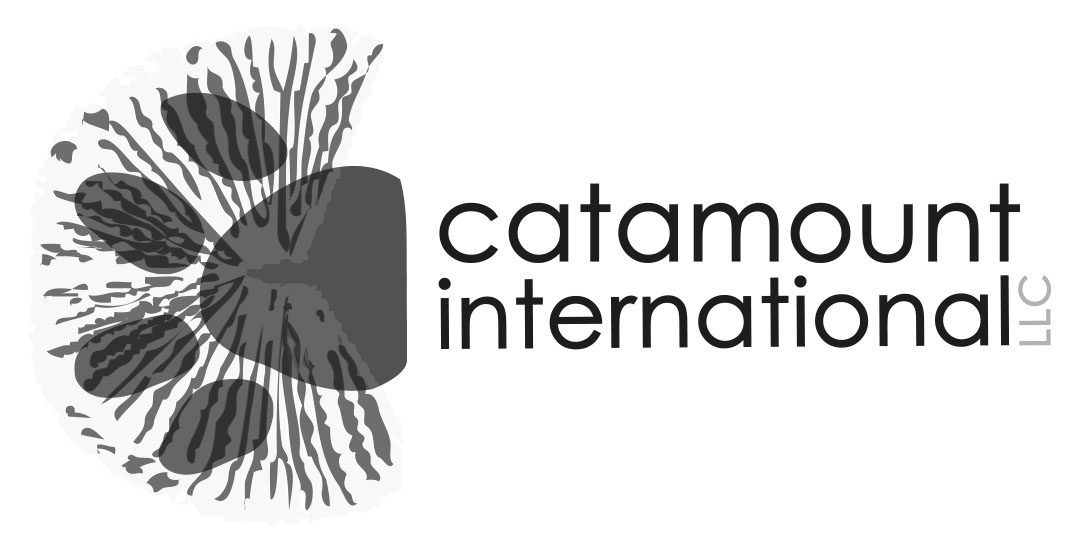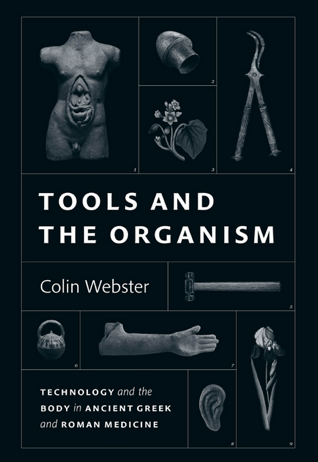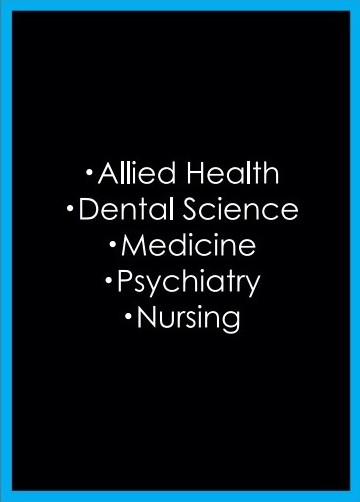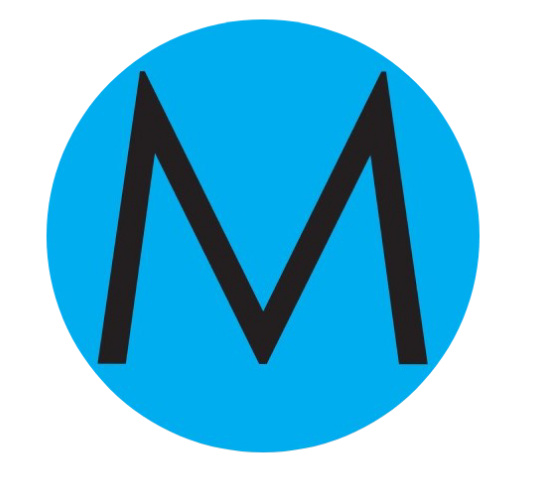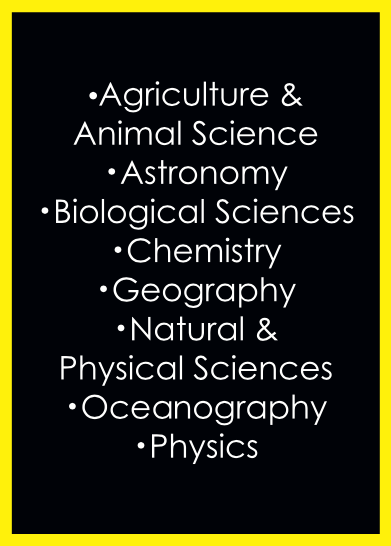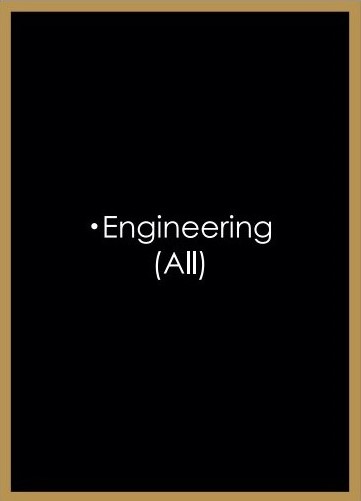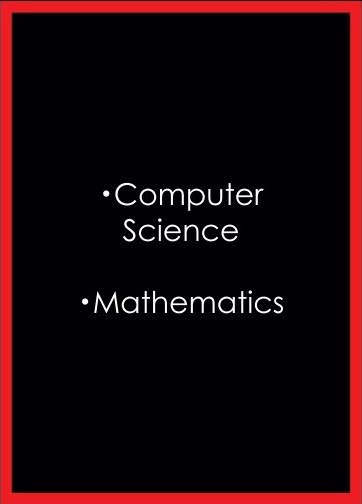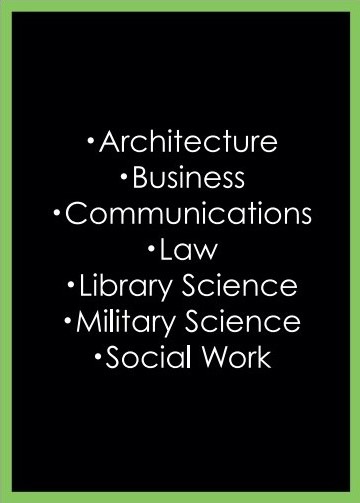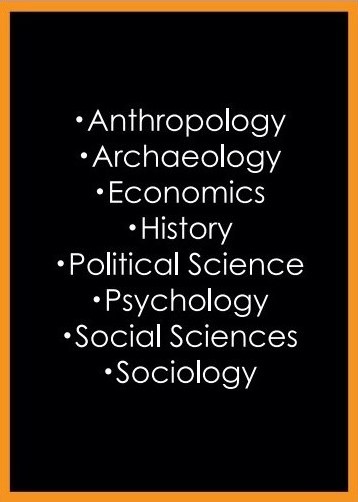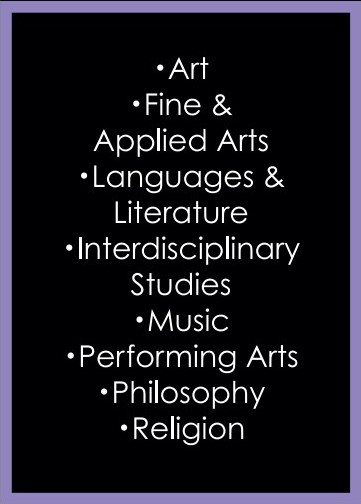Tools and the Organism
Breve Descripción
La medicina es en sí misma un tipo de tecnología que involucra herramientas y sustancias terapéuticas, por lo que se puede escribir la historia de la medicina como la aplicación de diferentes tecnologías al cuerpo humano. En Tools and the Organism, Colin Webster sostiene que, a lo largo de la antigüedad, estas herramientas fueron cruciales para cambios teóricos más amplios. Cambiaron las nociones sobre qué tipo de objeto es un cuerpo, qué sustancias constituyen su naturaleza esencial y cómo interactúan sus partes.
Breve descrição
A própria medicina é um tipo de tecnologia que envolve ferramentas e substâncias terapêuticas, portanto a história da medicina pode ser escrita como a aplicação de diferentes tecnologias ao corpo humano. Em Tools and the Organism, Colin Webster argumenta que, ao longo da antiguidade, estas ferramentas foram cruciais para mudanças teóricas mais amplas. Eles mudaram as noções sobre que tipo de objeto é um corpo, quais substâncias constituem sua natureza essencial e como suas partes interagem.
Full description
The first book to show how the concept of bodily organs emerged and how ancient tools influenced conceptualizations of human anatomy and its operations.
Medicine is itself a type of technology, involving therapeutic tools and substances, and so one can write the history of medicine as the application of different technologies to the human body. In Tools and the Organism, Colin Webster argues that, throughout antiquity, these tools were crucial to broader theoretical shifts. Notions changed about what type of object a body is, what substances constitute its essential nature, and how its parts interact. By following these changes and taking the question of technology into the heart of Greek and Roman medicine, Webster reveals how the body was first conceptualized as an “organism”—a functional object whose inner parts were tools, or organa, that each completed certain vital tasks. He also shows how different medical tools created different bodies.
Webster’s approach provides both an overarching survey of the ways that technologies impacted notions of corporeality and corporeal behaviors and, at the same time, stays attentive to the specific material details of ancient tools and how they informed assumptions about somatic structures, substances, and inner processes. For example, by turning to developments in water-delivery technologies and pneumatic tools, we see how these changing material realities altered theories of the vascular system and respiration across Classical antiquity. Tools and the Organism makes the compelling case for why telling the history of ancient Greco-Roman medical theories, from the Hippocratics to Galen, should pay close attention to the question of technology.
Medical
otras áreas de / interés...
other areas of / interest...
outras áreas de interesse...
¿Buscas un título en un área específica?
¿Buscas un título en un área específica?
¿Procurando livros em uma área específica?



